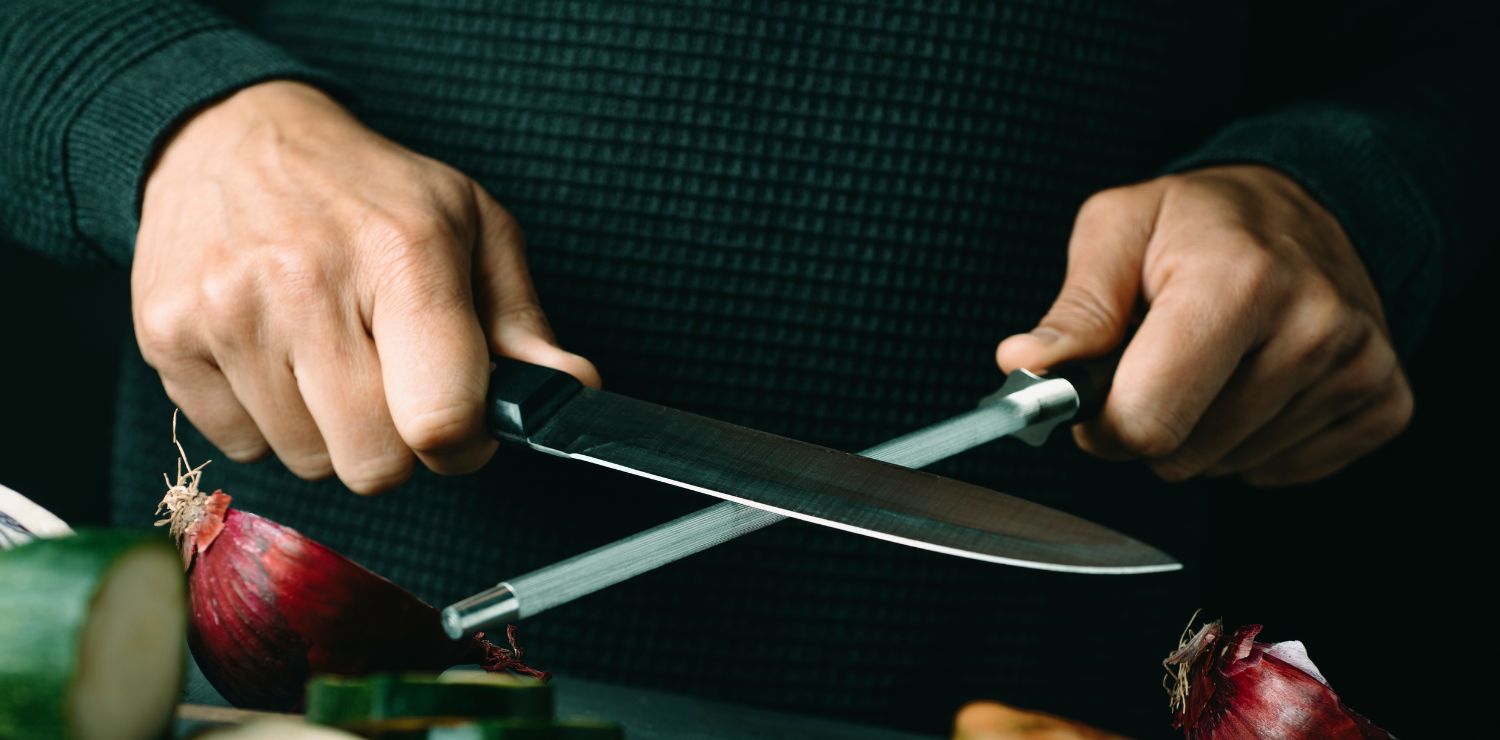The Complete Guide to Using Sharpening Steels
Blunt knives are every passionate cook's nightmare. Thankfully, there is a simple and effective solution to restore the edge of your beloved blades: sharpening steels. In this article, we will explore the art of sharpening, highlighting the different varieties of sharpening steels, the proper techniques, and tips to keep your knives at their best shape.
Types of Sharpening Steels
1. Steel Rod
Steel rods, also known as steel sharpening steels, are among the most common. They feature a steel rod that the knife is rubbed against to straighten the dull edge. This type of rod is ideal for stainless steel knives.
2. Ceramic Rod
Ceramic rods are primarily used to sharpen ceramic knives. The ceramic rod is harder than steel, offering a precise and long-lasting sharpening for ceramic blades.
3. Diamond Rod
Diamond rods are fitted with rods coated with diamond particles. These abrasive particles make this tool particularly effective for rapidly sharpening dull knives.
Proper Sharpening Techniques
1. Maintaining the Correct Angle
Angle is crucial in sharpening. Hold the rod and the knife in such a way to maintain a consistent angle between the blade and the rod. An angle of approximately 20 degrees is generally recommended.
2. Using a Consistent Stroke
Run the knife blade along the rod in a consistent and smooth motion. Start at the base of the blade and work up to the tip. Repeat this on each side of the blade for an even sharpening.
3. Avoid Excessive Pressure
Avoid applying excessive pressure. Sharpening should be a controlled process. Too much pressure could damage the blade or the rod.
Tips for Optimal Sharpening
1. Regular Sharpening
It is recommended to sharpen your knives regularly, even if they don't seem dull. This extends the life of the blade and maintains optimal performance.
2. Cleaning After Sharpening
After each sharpening session, clean the rod thoroughly to remove metal particles. A clean rod extends the longevity of the abrasive stick.
3. Match the Rod to the Knife
Choose the type of rod based on the material of your knife's blade. A matched rod ensures optimal sharpening without damaging the blade.
Conclusion
Sharpening steels are essential tools for any kitchen enthusiast who cares about the quality of their knives. By understanding the different types of sharpening steels and mastering the proper techniques, you can keep your knives in optimal condition for a effortless cooking experience. Invest time in regular sharpening, and you'll be rewarded with sharp blades ready to tackle all culinary tasks. The art of sharpening is not just a skill, it's a way of ensuring a high-performing and enjoyable kitchen.


Which chef's knife to choose?
The Best of Japanese Cuisine